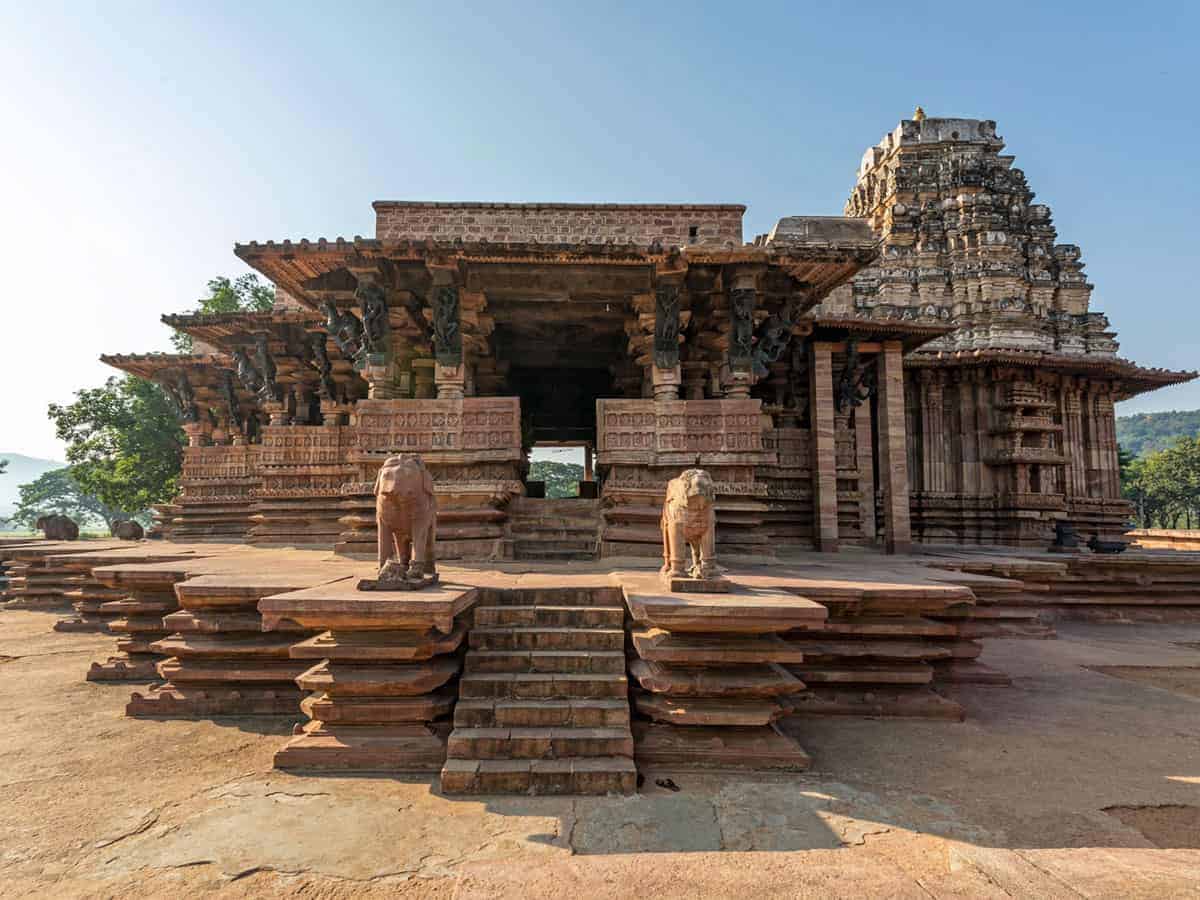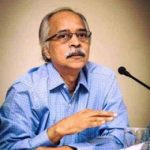
Hyderabad: At last, the 808-year-old, Ramappa temple, built during the times of the Kakatiya dynasty and representing advanced architectural-material and scientific understanding to the times has won global recognition in the form of the UNESCO Heritage monument status.
The unique features are the lightweight floating brick material used in the construction. Design and structure shaped to ensure that it can withstand earthquakes and other natural disasters and most importantly, the temple takes the name of the architect-sculptor, Ramappa.
The temple construction was completed around 1213 AD during the rule of the Kakatiya king Gajapati Deva is located in Palampet village in Mulugu taluq of Warangal district. The main deity is Rudreshwara or Lord Shiva.
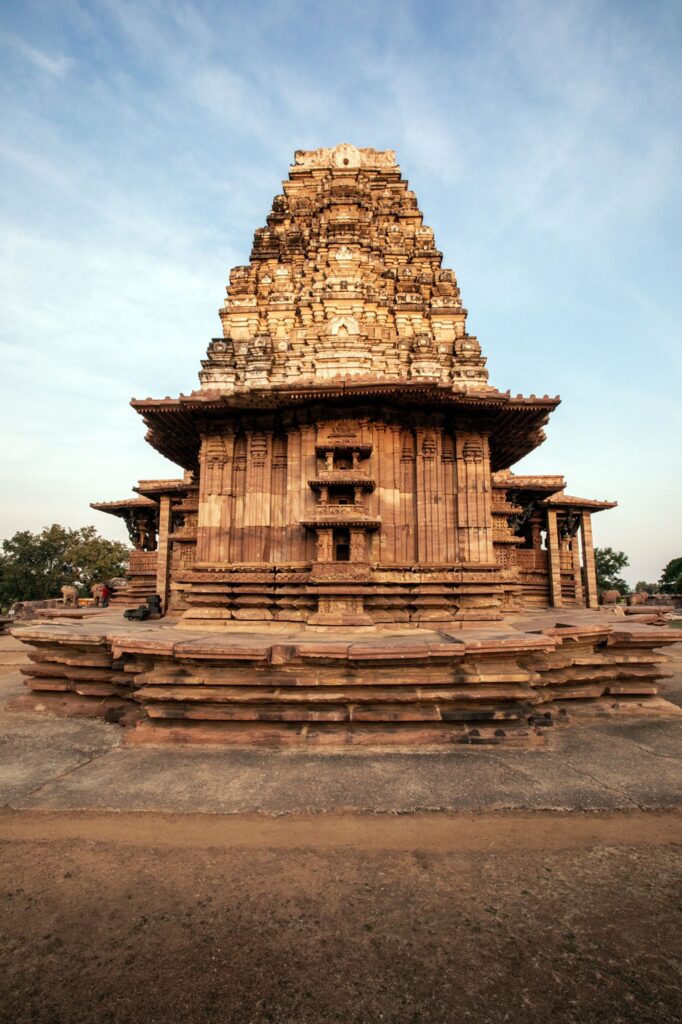
Marco Polo, the Italian explorer, globe trotter and writer is reported to have described the temple as the ‘Brightest star among the galaxy of temples of South India’, during his visit to India and the Kakatiyan Empire during the 13th century.
The Ramappa temple is located about 200 km from Hyderabad, the capital of Telangana State and about 75 km from Warangal, the closest city.
What the UNESCO Tag means?
According to UNESCO “Once a site is inscribed on the World Heritage List, the resulting prestige often helps raise awareness among citizens and governments for heritage preservation. Greater awareness leads to a general rise in the level of the protection and conservation given to heritage properties. A country may also receive financial assistance and expert advice from the World Heritage Committee to support activities for the preservation of its sites.”
As of 2020, India has a total of nearly 40 UNESCO world heritage sites. Hampi in Karnataka, Ellora caves in Maharashtra, Sun Temple, Konark in Odisha, Mahabalipuram monuments in Tamil Nadu are examples of such sites in the neighbouring states. The historic walled city of Ahmedabad in 2017 became the first city in the country to be inscribed in the lost too.
Except for Hampi, all other sites are within an hour’s drive from a major city in the respective state. Thus, the easier access supplemented by efforts to promote tourism in a way helped raise the domestic and international tourist flows over time.
The big challenge ahead
In the case of Ramappa, while the euphoria generated by the recognition is welcome and justified, the challenges of turning the temple and the Kakatiyan monuments in Warangal into major tourist attractions will be tough and demand greater effort indeed.
The major demands will be solid road infrastructure, good amenities, and sound communications connectivity. Unless there is a flying option, the road drive from Hyderabad will take four hours at present and two hours from Warangal.
But, the concerted efforts and the resolve demonstrated so far by the people behind and the support of the state government has raised hopes that there will be a determined bid to promote the Kakatiyan monuments in a big way this time.
According to B V Papa Rao of the Kakatiya Heritage Trust, the recognition will spur national and international tourism not only to Ramappa but other historical sites in the Telangana State. This will have a chain effect with more amenities, local businesses, improved infrastructure, and conservation cum preservation efforts.
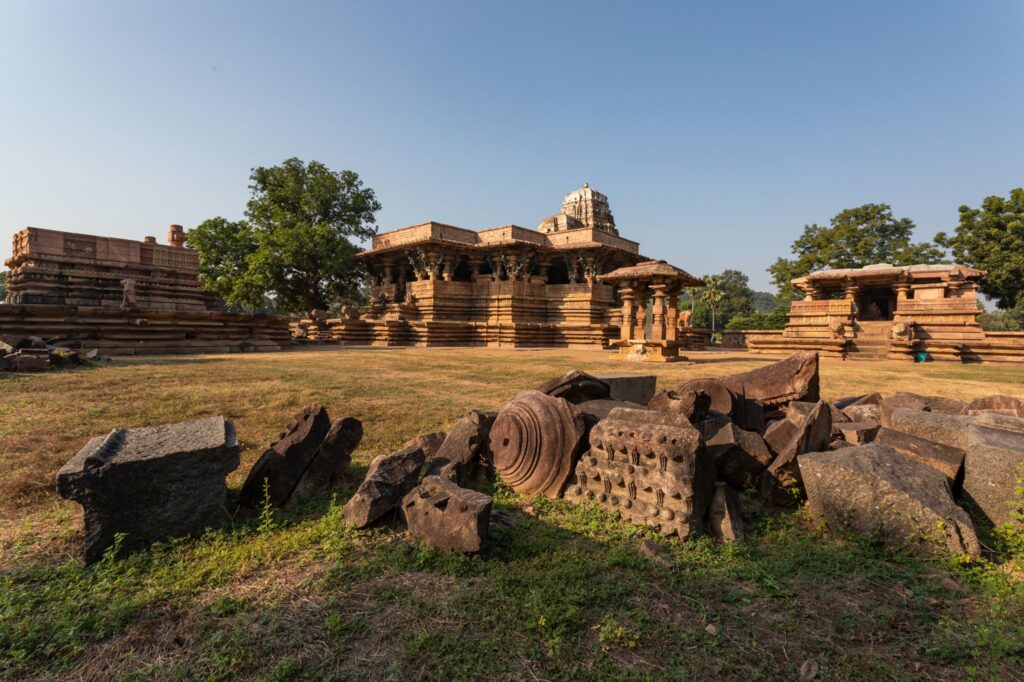
In the success of getting UNESCO recognition to Ramappa temple, Papa Rao, an ex-bureaucrat and heading the Kakatiya Heritage Trust and Prof M Panduranga Rao, formerly of the National Institute of Technology ( NIT), Warangal, among several others played a key role through their untiring efforts for the past two decades in documenting, driving conservation efforts and representing to the world body, not just the temple but also the other Kakatiyan monuments in Warangal.
In Warangal city there are the Fort, the 1000 Pillar temple of the Kakatiyan times and the Bhadrakali Temple and lake, which have the potential to attract a large number of tourists. Then, there are the Laknaram lake houseboats and the Etunagaram forests, which are en route to Ramappa that beckon the leisure and adventure-loving tourists.
The Telangana Government, since the formation of the separate State in 2014 has been making efforts to promote and popularise the Warangal-Etunagaram circuit as well as the Kakatiyan monuments with the improvement of facilities to stay, boat rides and trekking into the forest, etc.
For the present, Hyderabad remains the biggest draw for tourists to the Telangana State. With the historical Charminar, Salar Jung Museum, the Golconda Fort, and the more recent additions like the Nehru Zoological Park, the Birla Planetarium, etc., getting millions of visitors annually.
Ramappa, Perini Dance and recent events
In the past 50 years, in addition to conservation activities of the Archaeological departments some efforts have been made to bring the spotlight onto the temple.
The well-known artist Nataraja Ramakrishna made enduring contributions in reviving the ancient dance form of Perini Sivathandavam. Some typical dance postures of Perini can be found in the temple. It’s a vigorous and energetic dance form practised mostly by male dancers.
In the early 1990s, an international festival too was organised under the leadership of Nataraja Ramakrishna. In a way, it paved the way for the renewed interest.
In April 2013, to mark the 800th year of the temple several activities were organised. A coffee table book on the Kakatiya dynasty was released by the then Governor of United Andhra Pradesh, E S L Narasimhan. Similarly, a memorable dance recital was organised in the temple premises by the noted artiste, Swapna Sundari.
Trip down memory Lane in 1986
My first trip to the Ramappa temple was way back in the Summer of 1986. It was in a dilapidated condition. The drive on a two-wheeler on the road from Warangal was ‘back breaking’. The reason for the condition was studied and analysed by the Civil Engineering department of the NIT (Then the Regional Engineering College).
They found that the water channels running underground in the vicinity and the rains combined with the lack of upkeep had led to the weakening of the foundations. The structures of the temple suffered a collapse at various places like a ‘Pack of cards’. Similar damage could be seen at the 1000 pillar temple in the heart of Warangal town (old-timers or those who remember it before the restoration work can recall). Some experts say that the structure suffered damages due to an earthquake in the 19th century.
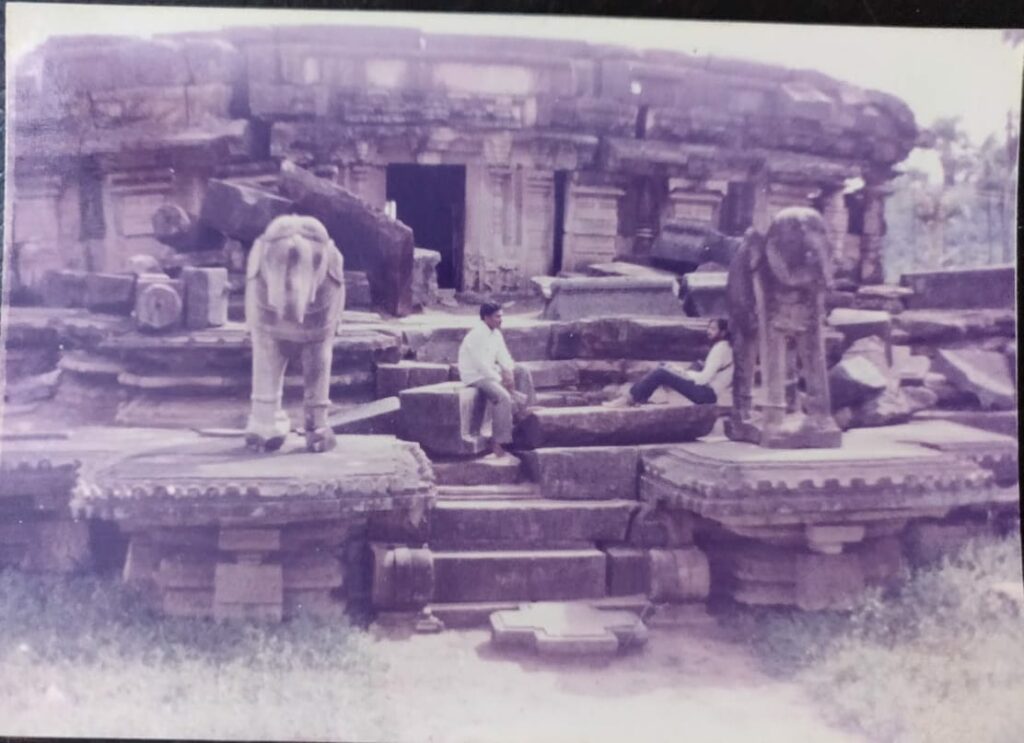
Based on the recommendations of the NIT and archaeologists, the renovation work was taken up and the monuments and over the last few decades restored and presented as they appear now.
Those were the years when Warangal, known as the ‘ hotbed ‘ of PWG Naxalites and the REC- the hub of Naxalism during the 1970s was recovering from it. In addition, there was hardly any emphasis on tourism in the district.
The architecture and Sandbox Technique
Today, the Ramappa temple stands majestically on a 6ft high star-shaped platform. The main structure is of reddish sandstone while the columns around the outside have large brackets of black basalt. There are a variety of carvings of dancers, animals, and musicians too.
The hall in front of the sanctum sanatorium has numerous carved pillars arranged in a geometric way to create an effect that combines light and space wonderfully. The roof of the temple is built with bricks, which are so light that they are able to float on water
The technique used in the construction is described as Sandbox technology. The technique involved filling the pit — dug up for laying the foundation — with a mixture of sand-lime, jaggery (for binding), and karakkaya (black myrobalan fruit), as foundations before the stronger structures were constructed on these ‘sandboxes’.
According to Dr. S Ramalingeswara Rao, former, Seismologist at the National Geophysical Research Institute, in the event of tremors the vibrations in the Earth are absorbed by the Sandbox technology used in the foundations. To minimise the impact of larger earthquakes, they devised a unique method of having micro tunnel-like holes through all the stones used in the construction of walls, Pillars, and rooftops. Molten iron was poured into these tunnel-like holes to hold the stones together.
Somasekhar Mulugu, former Associate Editor & Chief of Bureau of The Hindu BusinessLine, is a well-known political, business and science writer and analyst based in Hyderabad

